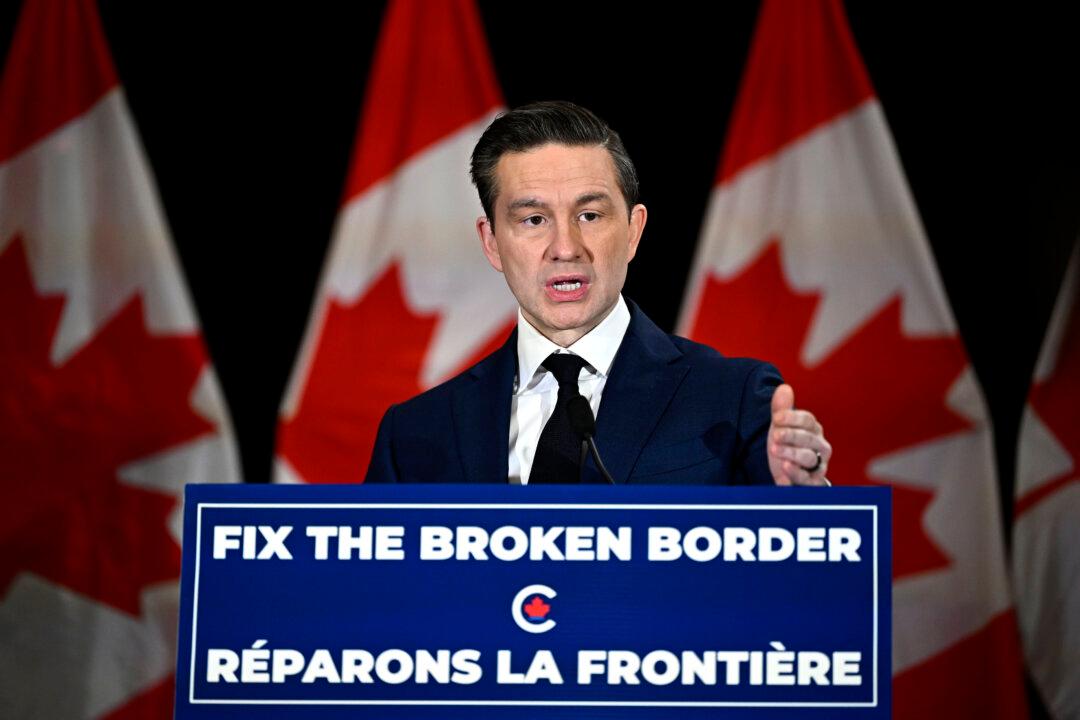The first group of Canadian Armed Forces personnel has arrived in British Columbia to assist the province with flooding and landslide rescues and recovery.
A statement from the Canadian Joint Operations Command Centre says nine members from Edmonton’s Third Canadian Division Immediate Response Unit are now in the province to plan and coordinate ongoing relief efforts.
The exact size of the expected contingent isn’t yet available, but armed forces members have been “identified and placed on high readiness to respond,” the statement said.
B.C. Premier John Horgan declared a state of emergency on Nov. 17 after speaking to Trudeau the day before, requesting federal resources to help his province cope with the “immediate disaster as well as working with communities to rebuild going forward.”
The province-wide state of emergency will also give the government powers such as stopping residents from panic buying and restricting their travel in and out of flood zones.
“Please do not hoard items. What you need, your neighbours need as well.”
He also assured British Columbians that his government will restore the province’s supply chain “in a quick and orderly manner.”
Meanwhile, the head of the B.C. Trucking Association, Dave Earle, is urging residents to be patient amid concerns over supply chain disruption caused by the flooding.
“We really need to get the message out for people to calm down,” he said in an interview with Global News on Nov. 17.
“The goods are coming.”
All major highways between B.C.’s Lower Mainland and the Interior were severed, some in several locations, when record rainfall washed away bridges and roads over a 24-hour period starting Nov. 14.
In the press conference with Horgan, Transportation Minister Rob Fleming said Highway 3 is likely to reopen for essential and emergency traffic by the coming weekend. But the damage to Highway 1 and the Coquihalla Highway is so extreme that geotechnical assessments won’t be possible until conditions are drier.
Fleming said his priority is on clearing, repairing, and reopening roads to connect the Interior and the North to the Lower Mainland and Vancouver Island, to get the province’s supply chains moving.
“We are working on this focus with multiple partners,” he said in the press conference.
“This is a big job, but collectively we are up to the challenge and will get things opened up again just as soon as we possibly can.”





